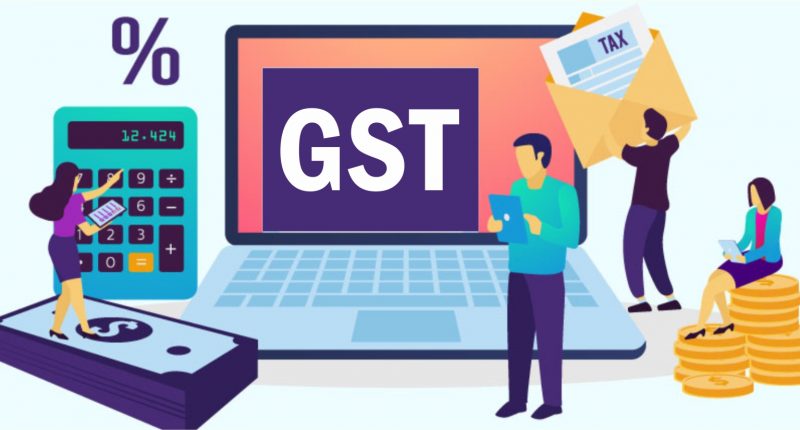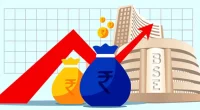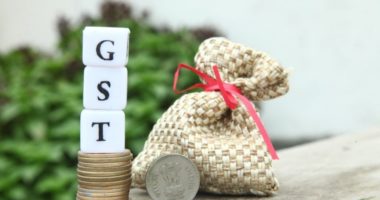Revenue Secretary Mr Tarun Bajaj said the government aims to maintain the Goods and Services Tax (GST) slab of 28% for luxury and sin products. However, it is open to discussing merging the three slabs of 5%, 12%, and 18%.
Currently, there is a four-rate structure of 5%, 12%, 18%, and 28%. Also, a special rate of 3% is charged on gold, jewellery, and precious stones, whereas 1.5% GST is applied on cut and polished diamonds.
In addition to GST, a cess is charged on products attracting 28% GST, including sin, luxury, and demerit goods. The cess collection is being credited to a separate corpus called the Compensation Fund and used to compensate for the states’ revenue loss due to the GST’s introduction.
Mr Tarun Bajaj claimed that the rate rationalization effort is the outcome of an examination of five years of implementation of GST. Also, the policymakers are not intending to raise the tax rates to 15.5%, which is revenue-neutral.
He said to wait sometime to decide on the industry demand for bringing petroleum products under GST. Centre and states have some worries in this case as fuel constitutes a significant part of their revenues.
Also, he stated that we have to continue with 28% because in an economy with so much income disparity, the luxury and sin items should attract a higher rate of taxation. However, it is very challenging to bring down the four-rate structure to two rates and then check whether that can be brought down to one rate.
The Group of Ministers (GoM) on rate rationalization recommends rationalizing tax rates, combining tax slabs, reviewing the exempt list, and correcting duty inversion when taxes on final output are lower than those in inputs.
Based on the GoM’s interim report, the Council removed tax exemptions for several products, including pre-packaged and labelled wheat flour, paneer, curd, and lassi. Also, corrected inverted duties for LED lamps and solar water heaters. Recently, the Council has given an additional three months to submit the final report.
The secretary said it’s the right time to work out the GST rate structures and determine whether there is a need to reduce the number of slabs. Also, it is crucial to identify the commodities that can be subject to higher rates and which can be subject to lower rates.
For any clarifications/feedback on the topic, please contact the writer at dvsr.anjaneyulu@clear.in
DVSR Anjaneyulu known as AJ, is a Chartered Accountant by profession. Loves to listening to music & spending time with family and friends.




